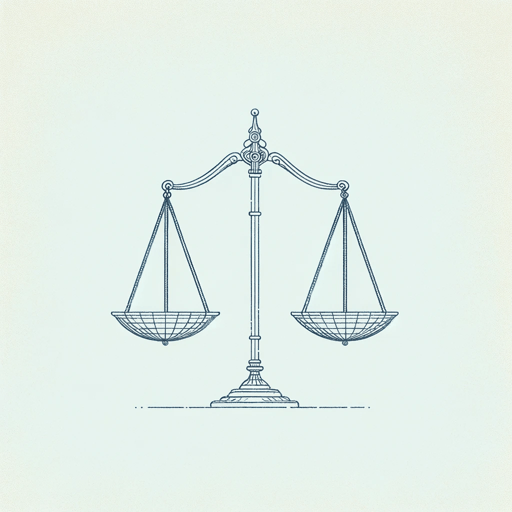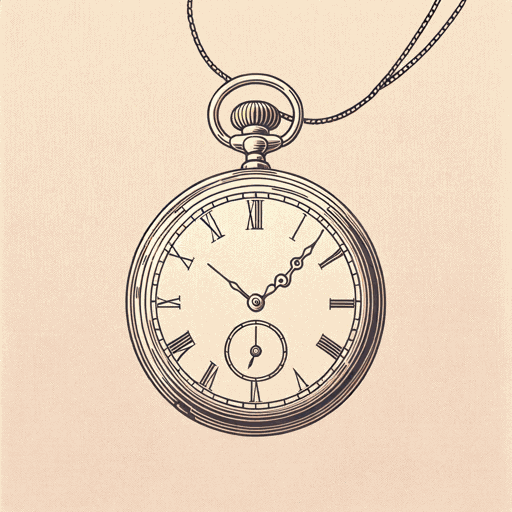20 pages • 40 minutes read
William ShakespeareSonnet 104
Fiction | Poem | Adult | Published in 1609A modern alternative to SparkNotes and CliffsNotes, SuperSummary offers high-quality Study Guides with detailed chapter summaries and analysis of major themes, characters, and more.
Literary Devices
Form and Meter
A sonnet is a 14-line poem. The English or Shakespearean sonnet differs from the Petrarchan sonnet in that it consists of three quatrains followed by a concluding couplet. Like all of William Shakespeare’s sonnets, “Sonnet 104” is written in iambic pentameter. An iamb is a poetic foot that consists of an unstressed syllable followed by a stressed syllable. A pentameter comprises five poetic feet in one line, so iambic pentameter contains 10 syllables per line. Line 2 presents an example, “For as | you were | when first | your eye | I eyed,” as does Line 6, “In pro | cess of | the seas | ons have | I seen.” Line 5, “Three beaut | eous springs | to yell | ow aut | umn turned,” is also in iambic pentameter; the word “beauteous” is pronounced as two syllables rather than three.
Shakespeare employs frequent variations on the iambic meter. In Line 1, for example, he uses a spondee rather than an iamb in the second foot. A spondee consists of two stressed syllables: “fair friend.” The effect for the reader is that this spondaic foot stands out against the expected iambic metrical base and so provides an emphasis.
Related Titles
By William Shakespeare

All's Well That Ends Well
William Shakespeare

A Midsummer Night's Dream
William Shakespeare

Antony and Cleopatra
William Shakespeare

As You Like It
William Shakespeare

Coriolanus
William Shakespeare

Cymbeline
William Shakespeare

Hamlet
William Shakespeare

Henry IV, Part 1
William Shakespeare

Henry IV, Part 2
William Shakespeare

Henry V
William Shakespeare

Henry VIII
William Shakespeare

Henry VI, Part 1
William Shakespeare

Henry VI, Part 3
William Shakespeare

Julius Caesar
William Shakespeare

King John
William Shakespeare

King Lear
William Shakespeare

Love's Labour's Lost
William Shakespeare

Macbeth
William Shakespeare

Measure For Measure
William Shakespeare

Much Ado About Nothing
William Shakespeare

